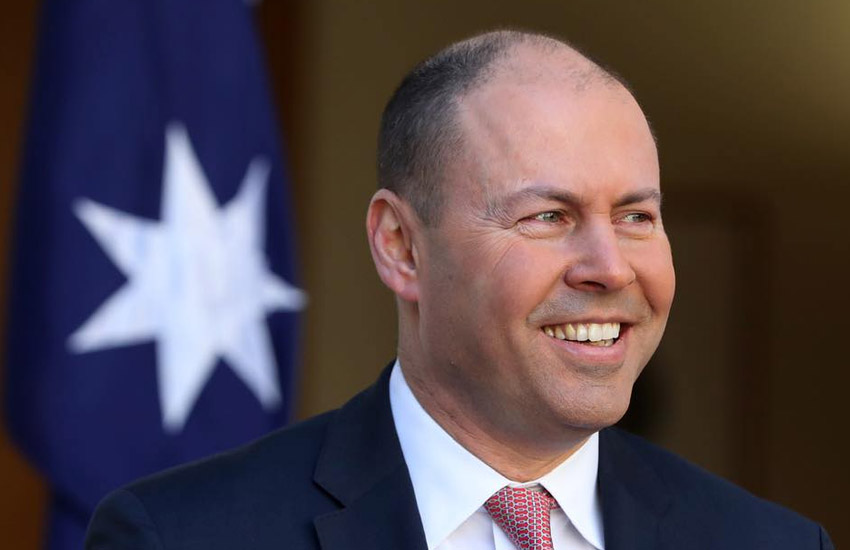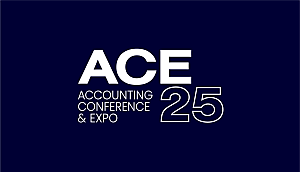You’re out of free articles for this month
All the announced measures, including changes to the way PAYG is calculated next financial year, are estimated to generate a combined annual compliance saving of $800 million.
These involve calculating regular instalments based on the previous year plus 2 per cent, instead of the 10 per cent that would be added under current legislation.
Scott Treatt, the Tax Institute’s general manager, tax policy and advocacy, says capping the GDP uplift rate for PAYG and GST instalments at 2 per cent for the 2022-23 is a welcome move.
“An uplift of 10 per cent, which the government indicates would otherwise have been the case, would be an unnecessary burden on many small businesses,” he said.
The government says the cap will mean $1.85 billion in cashflow support for 2.3 million small to medium businesses, sole traders and individuals with passive income who are eligible to use the instalment amount method.
Mr Treatt said while this was welcome relief, small businesses should continue to work with their tax advisers to manage cashflow and examine all their options when it came to paying their tax and GST obligations.
“For some businesses who have recovered, capping the increase at 2 per cent for instalment payments may only defer higher costs until the final payment at the end of the year,” he said.
“They will need to plan for this.”
The 2022-23 budget will also fund a new IT system that will reduce compliance time and costs in dealing with tax.
This includes leveraging technology to automate tax reporting requirements and align instalment payment obligations with financial performance.
From early 2024, PAYG will be calculated in real-time based on current financial performance, which according to the government would allow an automatic refund of tax paid in the year if a large loss is reported.
The measure will initially support over 500,000 companies with PAYG instalment obligations.
The government will also facilitate sharing of Single Touch Payroll data with states and territories on an ongoing basis to cater for pre-filling payroll tax returns.
This would facilitate further investments by states and territories in their own systems, which could improve lodgment accuracy, reduce compliance costs and save time for the approximately 170,000 businesses that have payroll tax reporting obligations.
The government will also allow eligible businesses the option to report taxable payments reporting system data via software at the same time as activity statements. Businesses that opt into automatic reporting will no longer need to invest time and money filling out the yearly Taxable Payments Annual Report.
Mr Treatt said the government’s plans to be smarter with technology was a welcome move.
“Being smarter about how the ATO collects information, and what they do with it, is only a good thing and this will be a welcome reduction in compliance costs,” Mr Treatt said.
The new changes would be part of the initiative to centralise the collection and administration of employment taxes by a single regulator.
Mr Treatt said the move to use Single Touch Payroll data to pre-fill state payroll tax returns for business would be a big step in the right direction.
“More collaboration between the state and territory governments and the federal government can only bring compliance savings to business. I’m glad we’re seeing this start to take shape,” Mr Treatt said.
“We look forward to working with the government and their agencies through their consultation processes to ensure the greatest level of efficiency for small business is drawn from these measures.”

 Login
Login







